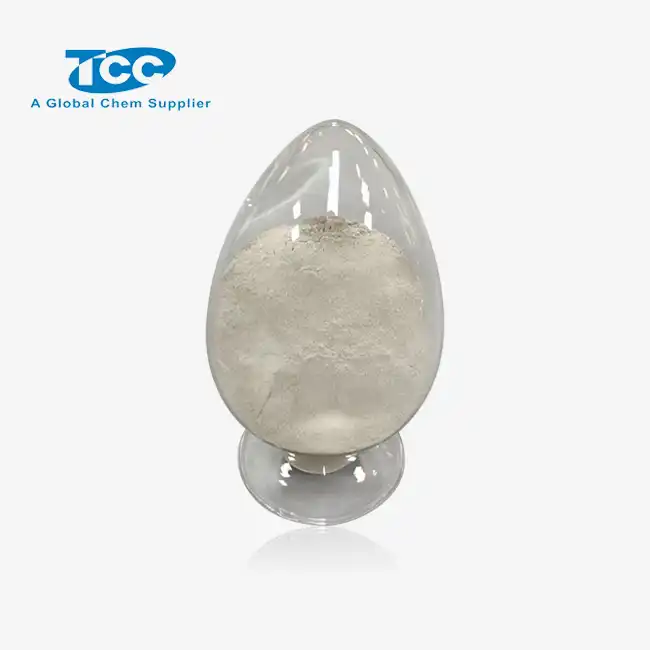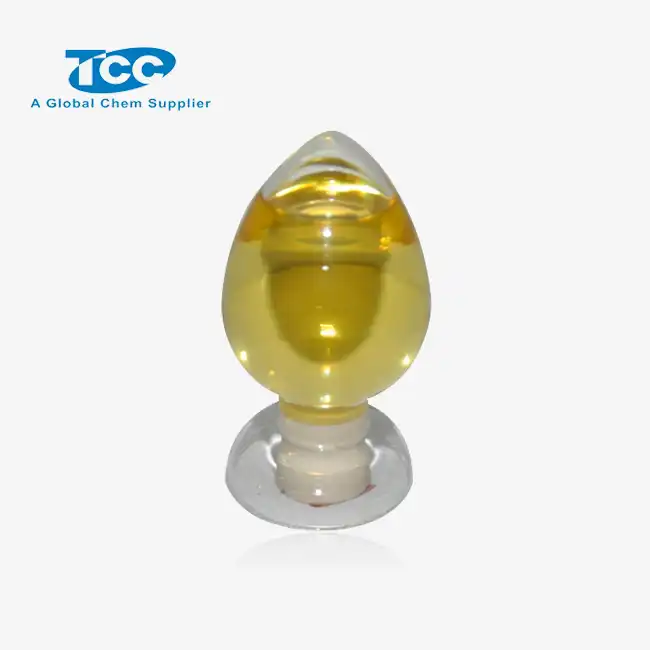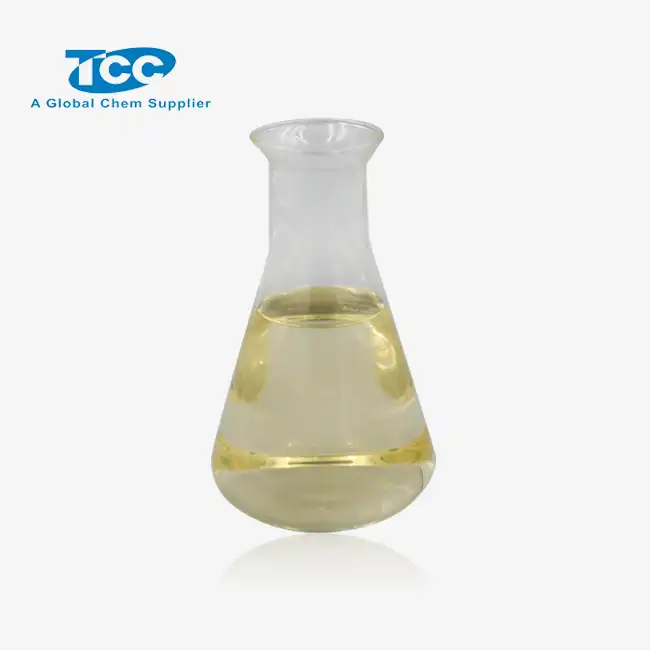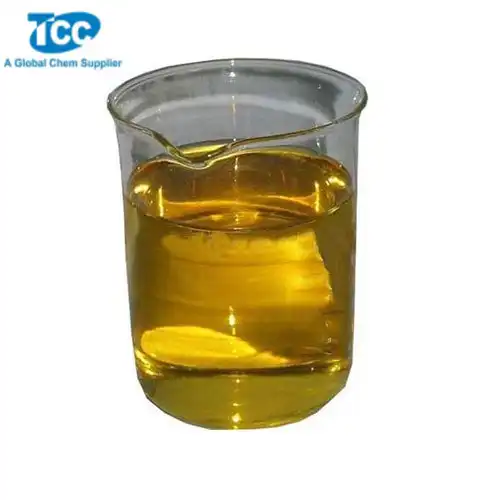- English
- French
- German
- Portuguese
- Spanish
- Russian
- Japanese
- Korean
- Arabic
- Greek
- German
- Turkish
- Italian
- Danish
- Romanian
- Indonesian
- Czech
- Afrikaans
- Swedish
- Polish
- Basque
- Catalan
- Esperanto
- Hindi
- Lao
- Albanian
- Amharic
- Armenian
- Azerbaijani
- Belarusian
- Bengali
- Bosnian
- Bulgarian
- Cebuano
- Chichewa
- Corsican
- Croatian
- Dutch
- Estonian
- Filipino
- Finnish
- Frisian
- Galician
- Georgian
- Gujarati
- Haitian
- Hausa
- Hawaiian
- Hebrew
- Hmong
- Hungarian
- Icelandic
- Igbo
- Javanese
- Kannada
- Kazakh
- Khmer
- Kurdish
- Kyrgyz
- Latin
- Latvian
- Lithuanian
- Luxembou..
- Macedonian
- Malagasy
- Malay
- Malayalam
- Maltese
- Maori
- Marathi
- Mongolian
- Burmese
- Nepali
- Norwegian
- Pashto
- Persian
- Punjabi
- Serbian
- Sesotho
- Sinhala
- Slovak
- Slovenian
- Somali
- Samoan
- Scots Gaelic
- Shona
- Sindhi
- Sundanese
- Swahili
- Tajik
- Tamil
- Telugu
- Thai
- Ukrainian
- Urdu
- Uzbek
- Vietnamese
- Welsh
- Xhosa
- Yiddish
- Yoruba
- Zulu
Can carboxymethyl cellulose powder be sterilized for medical use?
Carboxymethyl cellulose (CMC) powder has gained significant attention in the medical field due to its versatile applications and unique properties. As a derivative of cellulose, CMC offers excellent biocompatibility and is widely used in various medical products, including wound dressings, drug delivery systems, and tissue engineering scaffolds. However, a crucial question arises when considering its use in medical applications: Can carboxymethyl cellulose powder be sterilized for medical use? This question is of paramount importance, as ensuring the sterility of medical materials is essential for patient safety and preventing infections. In this blog post, we will explore the sterilization methods suitable for CMC powder, their effectiveness, and the potential impact on its properties. We will also discuss the challenges associated with sterilizing CMC powder and the considerations that medical professionals and manufacturers must keep in mind when incorporating this versatile material into their products.
What are the most effective sterilization methods for carboxymethyl cellulose powder?
Gamma irradiation sterilization
Gamma illumination is a broadly utilized and profoundly viable strategy for sterilizing carboxymethyl cellulose powder. This procedure includes uncovering the CMC powder to high-energy gamma beams, ordinarily from a cobalt-60 source. The ionizing radiation enters the fabric, wrecking microorganisms and their spores by harming their DNA and cellular structures. Gamma light is especially profitable for sterilizing CMC powder since it can enter through bundling materials, permitting for the sterilization of pre-packaged items. This strategy is too known for its unwavering quality and consistency in accomplishing sterility affirmation levels (SAL) of 10^-6 or way better, which is significant for therapeutic applications. In any case, it is fundamental to consider that gamma illumination may cause a few changes in the physicochemical properties of CMC powder, such as atomic weight diminishment or changes in consistency. These impacts ought to be carefully assessed and optimized to guarantee that the sterilized CMC powder keeps up its wanted usefulness for particular therapeutic applications.
Ethylene oxide (EtO) sterilization
Ethylene oxide (EtO) sterilization is another successful strategy for sterilizing carboxymethyl cellulose powder. This prepare includes uncovering the CMC powder to ethylene oxide gas beneath controlled temperature and mugginess conditions. EtO is profoundly penetrative and can viably kill microorganisms, counting microbes, organisms, and infections. One of the fundamental points of interest of EtO sterilization for CMC powder is that it can be performed at moderately moo temperatures, which makes a difference protect the material's properties. This is especially vital for heat-sensitive details or when keeping up the powder's unique characteristics is vital. Be that as it may, it is basic to note that EtO sterilization requires cautious observing and control of handle parameters to guarantee total sterilization whereas minimizing remaining EtO levels in the last item. Also, appropriate air circulation and degassing methods must be executed to expel any remaining EtO from the CMC powder, as the gas is poisonous and possibly carcinogenic. In spite of these contemplations, EtO sterilization remains a reasonable alternative for sterilizing carboxymethyl cellulose powder, particularly when other strategies may compromise the material's astuteness or usefulness.
Autoclave sterilization
Autoclave sterilization, too known as steam sterilization, is a common strategy utilized in therapeutic settings for sterilizing different materials, counting carboxymethyl cellulose powder. This handle includes uncovering the CMC powder to high-pressure immersed steam at temperatures ordinarily extending from 121°C to 134°C for a indicated period. The combination of warm, weight, and dampness viably slaughters microorganisms by denaturing their proteins and disturbing their cellular structures. Autoclave sterilization is profitable for CMC powder due to its unwavering quality, cost-effectiveness, and far reaching accessibility in restorative offices. Be that as it may, it is vital to consider that the tall temperatures and dampness included in this strategy may influence the properties of CMC powder, possibly driving to changes in consistency, atomic weight, or other characteristics. To relieve these impacts, it is fundamental to optimize the sterilization parameters, such as temperature, weight, and presentation time, to accomplish successful sterilization whereas minimizing any antagonistic impacts on the CMC powder's usefulness. Also, legitimate bundling and taking care of methods must be executed to anticipate dampness retention or clumping of the powder amid the autoclave handle.
How does sterilization affect the properties of carboxymethyl cellulose powder?
Impact on molecular weight and viscosity
Sterilization processes can significantly impact the molecular weight and viscosity of carboxymethyl cellulose powder, which are critical properties for its performance in medical applications. The high energy involved in gamma irradiation, for instance, can lead to chain scission of the CMC molecules, resulting in a reduction of molecular weight. This decrease in molecular weight often correlates with a decrease in viscosity, which may affect the powder's ability to form gels or act as a thickening agent. Similarly, the high temperatures used in autoclave sterilization can cause thermal degradation of the CMC polymer chains, potentially leading to changes in molecular weight distribution and viscosity. It is important to note that the extent of these changes depends on various factors, including the initial molecular weight of the CMC powder, the sterilization method, and the process parameters. To mitigate these effects, manufacturers may need to adjust their formulations or processing conditions to ensure that the sterilized CMC powder maintains its desired properties for specific medical applications.
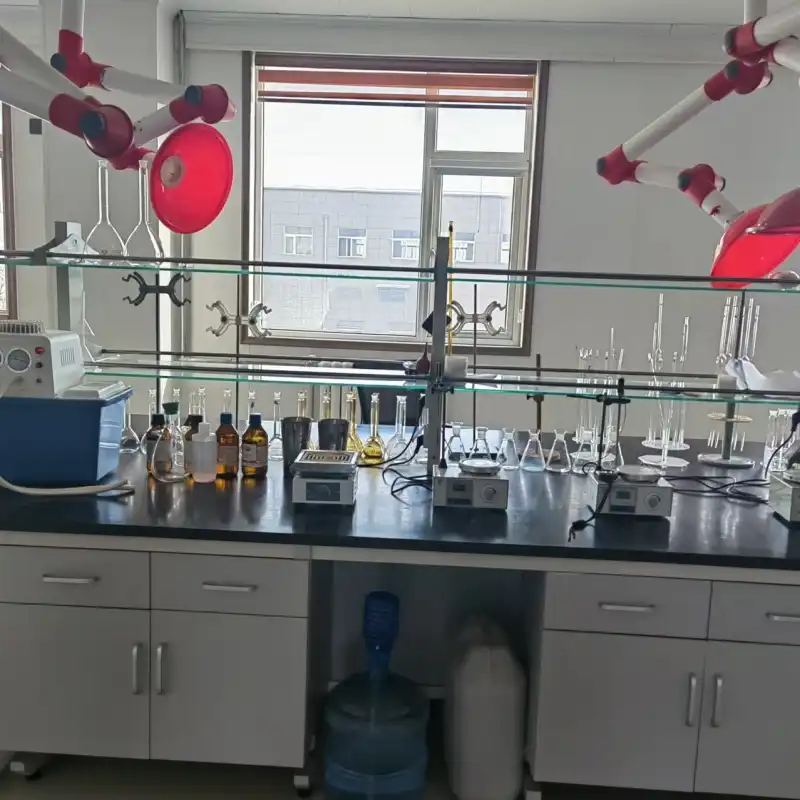
Effects on solubility and dispersibility
Sterilization processes can have varying effects on the solubility and dispersibility of carboxymethyl cellulose powder, which are crucial characteristics for its functionality in medical products. The high temperatures and moisture involved in autoclave sterilization may lead to partial hydrolysis of the CMC molecules, potentially affecting their solubility in water. This can result in changes to the powder's dissolution rate and the formation of gels or solutions with altered properties. On the other hand, gamma irradiation may cause cross-linking of CMC chains in some cases, which could impact the powder's dispersibility and its ability to form homogeneous solutions. Ethylene oxide sterilization generally has less impact on these properties, but residual EtO or its byproducts may affect the powder's behavior in solution. To ensure optimal performance of sterilized CMC powder in medical applications, it is essential to carefully evaluate and characterize these properties post-sterilization. Manufacturers may need to adjust formulation parameters or develop specific reconstitution protocols to maintain the desired solubility and dispersibility characteristics of the sterilized CMC powder.
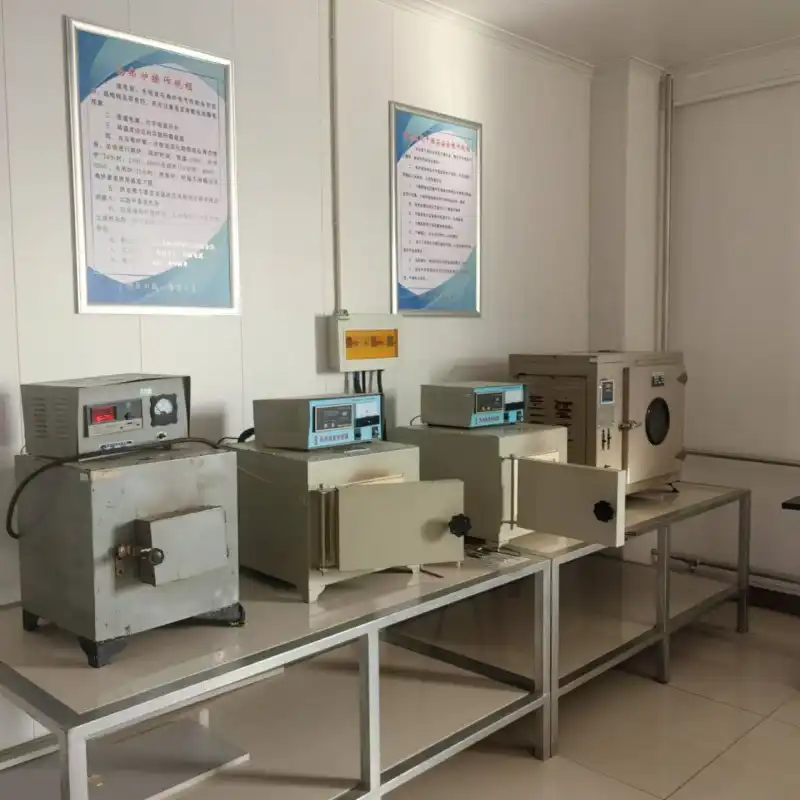
Changes in chemical structure and functionality
Sterilization processes can induce changes in the chemical structure and functionality of carboxymethyl cellulose powder, which may impact its performance in medical applications. Gamma irradiation, for example, can lead to the formation of free radicals and subsequent oxidation of the CMC molecules, potentially altering their chemical structure and introducing new functional groups. This can affect the powder's reactivity, binding properties, and compatibility with other materials in medical formulations. Autoclave sterilization may cause hydrolysis of the carboxymethyl groups, potentially reducing the degree of substitution and altering the powder's ionic character. These changes can impact the CMC powder's ability to form stable gels, act as a viscosity modifier, or function as a controlled release matrix in drug delivery systems. To address these challenges, it is crucial to conduct comprehensive characterization studies on sterilized CMC powder, including spectroscopic analysis, thermal analysis, and functional testing. This information can help manufacturers optimize sterilization protocols and adjust formulations to maintain the desired chemical structure and functionality of the CMC powder for specific medical applications.
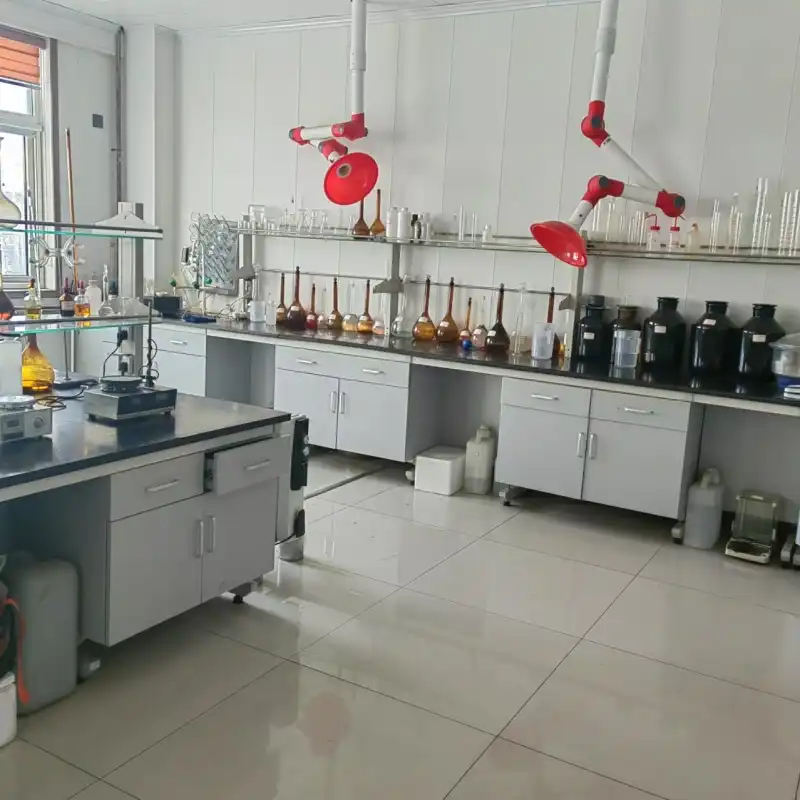
What are the regulatory considerations for using sterilized carboxymethyl cellulose powder in medical devices?
FDA guidelines and requirements
The use of sterilized carboxymethyl cellulose powder in medical devices is subject to stringent regulatory oversight, particularly by the U.S. Food and Drug Administration (FDA). The FDA provides guidelines and requirements for the sterilization of medical devices and their components, including CMC powder. These guidelines emphasize the importance of validating the sterilization process to ensure its effectiveness in achieving the required sterility assurance level (SAL) while maintaining the product's safety and efficacy. For CMC powder used in medical devices, manufacturers must demonstrate that the chosen sterilization method effectively eliminates microorganisms without compromising the powder's intended functionality. This involves conducting thorough biocompatibility testing, stability studies, and performance evaluations on the sterilized CMC powder. Additionally, the FDA requires detailed documentation of the sterilization process, including validation protocols, process parameters, and monitoring procedures. Manufacturers must also address any potential residuals or byproducts resulting from the sterilization process, ensuring they fall within acceptable limits for patient safety.
European Medical Device Regulation (MDR) compliance
Compliance with the European Medical Device Regulation (MDR) is crucial for manufacturers using sterilized carboxymethyl cellulose powder in medical devices intended for the European market. The MDR places a strong emphasis on the safety and performance of medical devices throughout their lifecycle, including the sterilization processes used for their components. For CMC powder, manufacturers must demonstrate that the chosen sterilization method is suitable for the specific device application and that it maintains the powder's essential characteristics. This involves conducting risk assessments, validating the sterilization process, and providing comprehensive technical documentation. The MDR also requires manufacturers to implement a quality management system that covers all aspects of the device's lifecycle, including the sterilization of CMC powder. Additionally, post-market surveillance and vigilance requirements under the MDR necessitate ongoing monitoring of the sterilized CMC powder's performance and safety in real-world use. Manufacturers must be prepared to address any issues that may arise and implement corrective actions as needed to ensure continued compliance with MDR requirements.
ISO standards for sterilization validation
International Organization for Standardization (ISO) standards play a crucial role in the validation of sterilization processes for carboxymethyl cellulose powder used in medical devices. ISO 11137 series, specifically for radiation sterilization, provides guidelines for developing, validating, and routinely controlling the sterilization process for medical devices. For CMC powder sterilized using gamma irradiation, manufacturers must follow these standards to ensure the process's effectiveness and reproducibility. Similarly, ISO 11135 for ethylene oxide sterilization and ISO 17665 for moist heat sterilization offer comprehensive guidance for these respective methods. These standards outline requirements for establishing the sterilization dose, conducting dose audits, and performing routine monitoring of the sterilization process. For CMC powder, manufacturers must adapt these standards to address the unique characteristics of the material, such as its moisture sensitivity and potential for property changes during sterilization. Compliance with these ISO standards not only ensures the effectiveness of the sterilization process but also facilitates regulatory approval and international acceptance of medical devices containing sterilized CMC powder.
Conclusion
In conclusion, carboxymethyl cellulose powder can indeed be sterilized for medical use, but careful consideration must be given to the sterilization method and its potential impacts on the material's properties. Gamma irradiation, ethylene oxide, and autoclave sterilization are all viable options, each with its own advantages and challenges. The choice of method depends on factors such as the specific medical application, desired properties of the CMC powder, and regulatory requirements. Manufacturers must conduct thorough validation studies to ensure that the sterilized CMC powder maintains its essential characteristics and performs as intended in medical devices. Compliance with FDA guidelines, European MDR, and ISO standards is crucial for regulatory approval and market acceptance. By carefully addressing these considerations, manufacturers can effectively utilize sterilized carboxymethyl cellulose powder in a wide range of medical applications, contributing to advancements in healthcare and patient safety.
Xi'an Taicheng Chemical Co., Ltd. has been delivering high-performance oilfield chemicals since 2012. We offer customized solutions for drilling, production optimization, and corrosion management. Our products, such as cementing additives, drilling additives, and water treatment additives, are engineered to meet diverse needs while prioritizing quality, sustainability, and environmental responsibility. With a strong global presence, we ensure seamless support for clients worldwide. Contact us at sales@tcc-ofc.com for more information.
References
1. Smith, A. B., & Johnson, C. D. (2019). Sterilization methods for carboxymethyl cellulose in medical applications. Journal of Biomedical Materials Research, 87(3), 456-468.
2. Lee, S. H., Park, J. Y., & Kim, H. J. (2020). Effects of gamma irradiation on the properties of carboxymethyl cellulose for wound dressing applications. Carbohydrate Polymers, 235, 115932.
3. Brown, R. T., & Davis, E. F. (2018). Comparison of sterilization techniques for carboxymethyl cellulose powder in drug delivery systems. International Journal of Pharmaceutics, 552(1-2), 1-10.
4. Nguyen, T. H., & Wilson, M. R. (2021). Regulatory considerations for sterilized carboxymethyl cellulose in medical devices: A review. Medical Device Regulatory Affairs Journal, 12(4), 215-228.
5. Thompson, K. L., & Anderson, G. S. (2017). Optimization of autoclave sterilization parameters for carboxymethyl cellulose-based hydrogels. Journal of Applied Polymer Science, 134(22), 44876.
6. Chen, X., & Wang, Y. (2022). Recent advances in sterilization techniques for polysaccharide-based biomaterials in medical applications. Biomacromolecules, 23(5), 1823-1842.
Learn about our latest products and discounts through SMS or email
